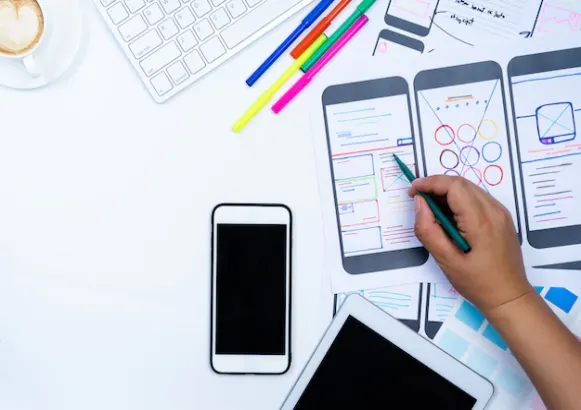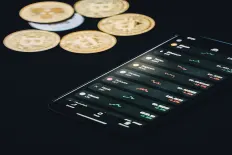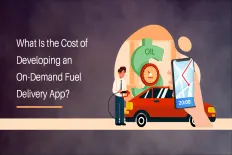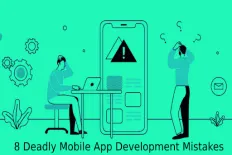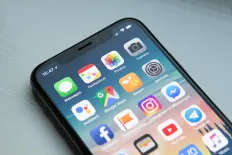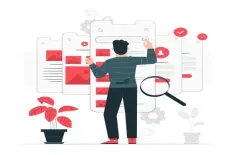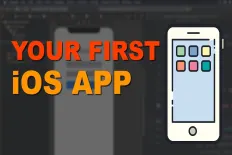This post is structured as follows.
- Rounded Corners
- Voice Recognition and AI
- VR and AR Technology
- Gradients
- Chatbots UI Design
- Animated illustrations
- Dark mode
- 3D Animation
- Conclusion
While the rapid change is great for keeping the industry interesting, it can also be challenging for designers who need to stay on top of the latest best practices.
The future of mobile app UI and UX design will likely involve even greater personalization, voice recognition, virtual reality (VR), artificial intelligence (AI), and advanced AR interfaces.
Here are some important mobile app UI/UX design trends that you should keep in mind while working on your next project.
Rounded Corners
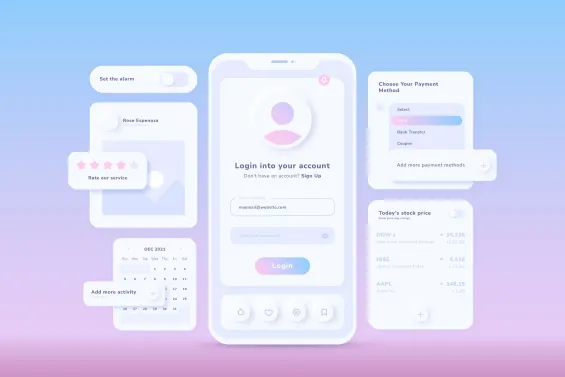
Rounded corners are not just for basic apps, but are also used in more advanced apps like Airbnb and LinkedIn. Rounded corners offer a few benefits, the most significant of which is their ability to create a sense of simplicity and friendliness.
Rounded corners do not just look nice, they contribute to a more user-friendly experience, making rounded corners a trend that we’re likely to see in more and more app designs in the years to come.
Voice Recognition and AI
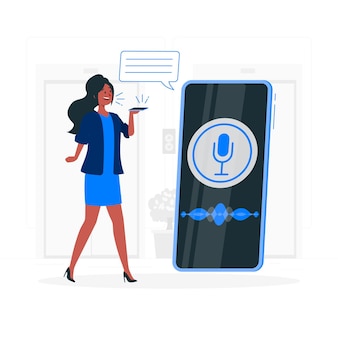
Designers have used AI to create clickable wireframes, generate color palettes, and even sketch entire screens. As AI continues to get smarter, we’ll see it become even more integrated into the design process.
The next step will be to implement voice recognition technology into the apps. Once this becomes more widely available, we’ll likely see voice recognition and AI add an entirely new layer to user experience design.
VR and AR Technology
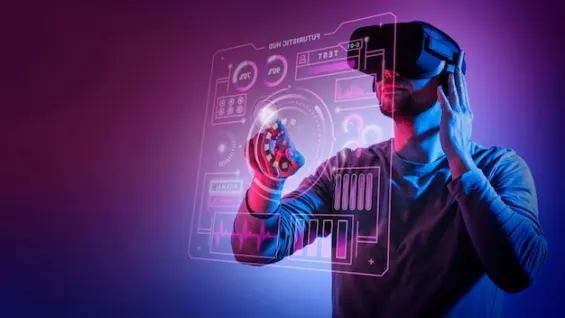
"Virtual reality (VR) has made huge strides in the past few years, and 2022 will likely see even more advances in the field.
More affordable and accessible solutions like Google Cardboard and the Oculus Go have introduced VR to a wider audience, and more companies are beginning to employ VR for marketing and product training purposes.
We are seeing more and more VR design elements being implemented in mobile app UIs.
Due to the recent advancements in AR technology, more and more VR apps are beginning to employ Augmented Reality (AR). AR apps are now more accessible and easier to create than ever before.
As the technology continues to improve, we’ll likely see it play an increasingly important role in the overall design landscape."
Gradients
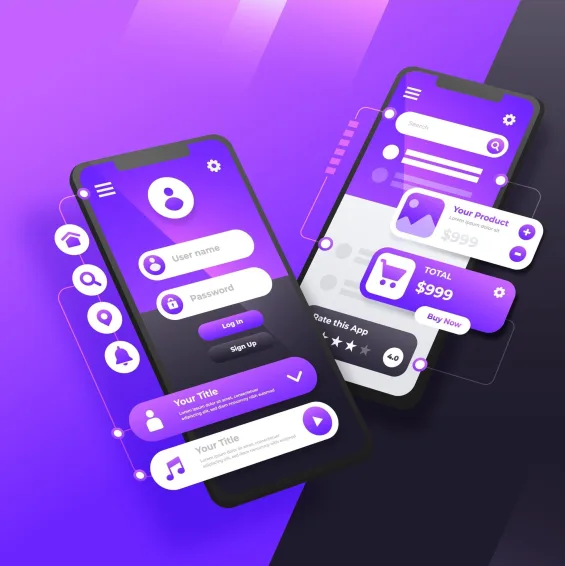
Gradients are most often used to create a sense of depth and movement, and can be used to unite a variety of different elements on a single screen. As we’ve seen in recent years, gradients have become a common design trend, especially among more advanced apps.
In the coming years, we’re likely to see gradients become less common due to their overuse. When this happens, they’ll likely become something of an overdone design element, like the textures of the early 2000s.
When this happens, designers will have to find new ways to create the same visual effects without using gradients.
Also Read: 10 MOBILE APP DEVELOPMENT TRENDS FOR 2022
Chatbots UI Design
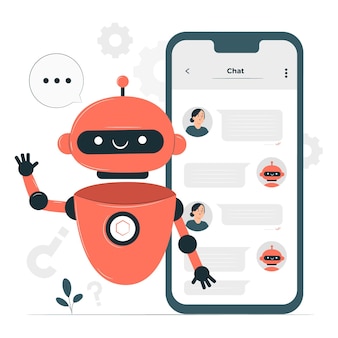
Chatbots can handle a variety of high-volume tasks that would otherwise require human intervention. More and more brands are creating chatbot apps, and as more of these bots come to market, we’ll likely see a new trend emerge in app design, i.e. chatbot-specific interfaces.
Animated illustrations
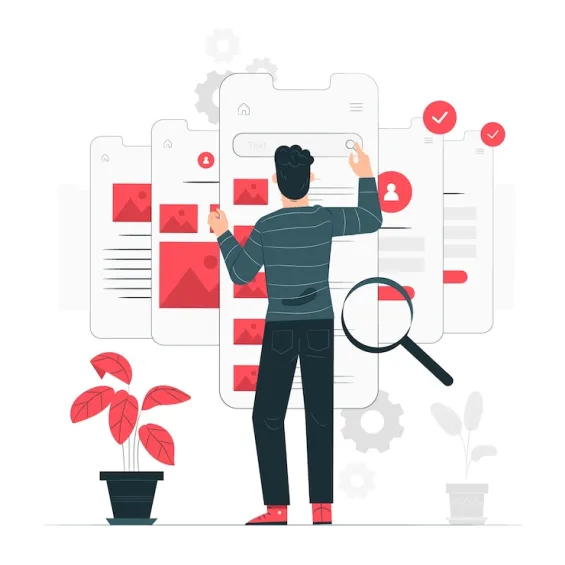
"Adding extra details and personality through motions and illustrations, you can make your design stand out and grab user attention.
Illustrations have been around for a long time. They are a crucial design element that adds attractiveness to the overall UX of a digital product. Applying additional functionalities like motion - They are a surefire way to grab the attention of the users.
Their evolution in recent years has been rapid, and it is expected that animated illustrations will still be in focus this year, but with some interesting additional incorporations."
Dark mode
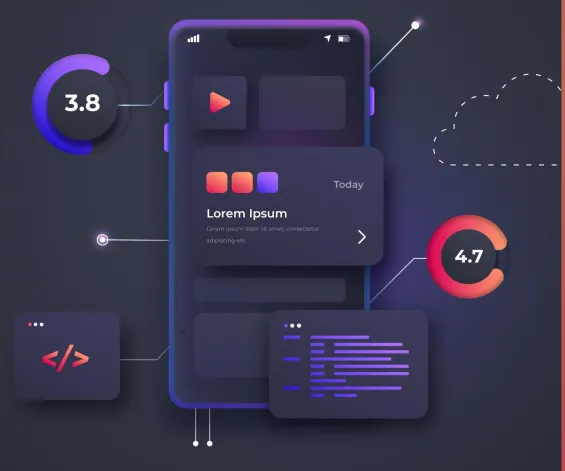
This UI feature has become quite a rage as consumers are becoming much more aware of their digital well-being.
3D Animation

While 3D animation has been used in marketing, it’s not yet used to create entire apps. We’ve seen the technology used to create app home screens and in-app tutorials, but not yet to create entire apps.
This is likely to change in the future as the technology becomes more accessible and 3D animation becomes a more important part of the design landscape.
Conclusion
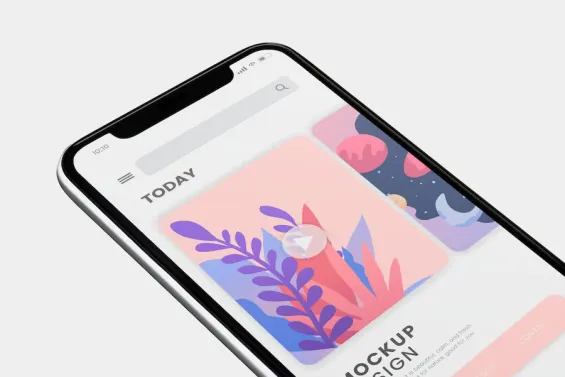
Mobile apps have changed the way we look at UI UX design for software. New technologies and trends will bring new challenges and new opportunities for designers.
It’s important to stay on top of these trends to ensure that you are designing using the latest and most effective methods. If you keep these trends in mind while you’re designing, you’ll be well-prepared for what’s to come.
Did you find this helpful?
Read Next
The following articles are related to top mobile app ui/ux design trends for 2022.

